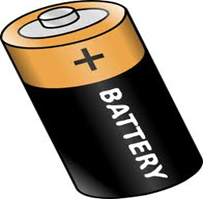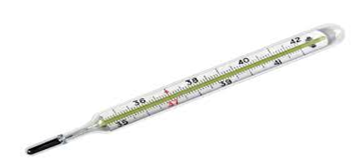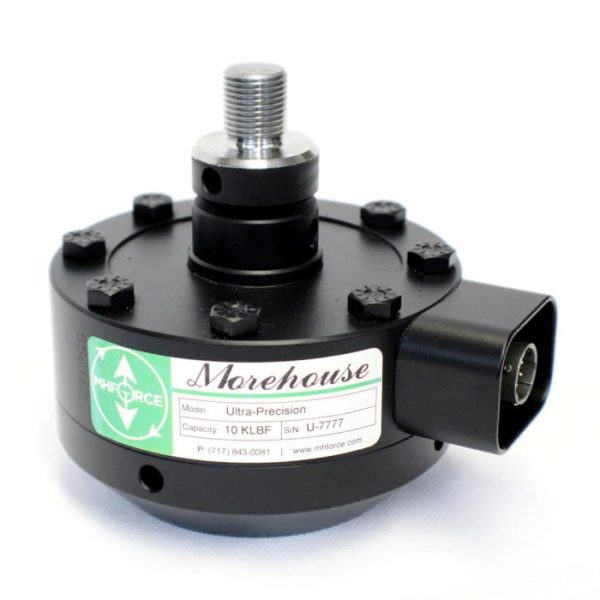How a Transducer Measures Force
In our first Back-to-Basics blog, I covered Force Calibration and its Importance. As I continue to cover basic concepts for beginners, this blog will define a transducer and describe how one is used to measure compression and tension force.
What is a Transducer?
In the broad sense of the term, a transducer is a device that turns one type of energy into another type. Some examples are:

1. A battery is a transducer that converts chemical energy into electrical energy. The chemical reactions in a battery involve electrons' flow from one material to another through an external circuit.

2. A thermometer is a transducer that converts heat energy into the mechanical displacement of a liquid column. As the temperature around the bulb heats up, the liquid expands and rises.

3. A load cell is a transducer that converts mechanical energy into electrical signals. As compressive or tensile force is exerted on a load cell, the mechanical energy is converted into equivalent electrical signals.
How a Load Cell Measures Compression and Tension Force
As force is exerted on a load cell, the material deflects. The deflection is typically measured by a strain gauge, which is placed on the material inside the load cell.

When placed appropriately, the strain gauge will measure the change in resistance as force is applied. The ideal load cell only measures force in defined directions and ignores force components in all other directions. Approaching the ideal involves optimizing many design choices, including the mechanical structure, the gage pattern, the placement of the gages, and the number of gages.
When a meter or indicator is hooked up to a load cell, it displays the force measurement value. Later in our Back-to-Basics series, I will cover types of load cells and indicator basics.
This load cell may be calibrated at a company like Morehouse using deadweight primary standards known to be within 0.002 % of applied force. To accurately apply the force, the machine's deadweights are adjusted for local gravity, air density, and material density. The weights are used to calibrate the load cell, which may be used to calibrate and verify a testing machine.
Our next Back-to-Basics blog will cover the terms compression and tension and how they relate to force calibration.
Back-to-Basics Series:
- Force Calibration and its Importance
- How a Transducer Measures Force
- Compression and Tension Force Calibration
- Calibration versus Verification
- Measurement Uncertainty
- Load Cell Terminology
- Types of Load Cells
- Load Cell Troubleshooting
- Load Cell Indicator Basics
- Force Measurement Glossary of Terms
How a Transducer Measures Force
I take great pride in our knowledgeable team at Morehouse, who will work with you to find the right solution. We have been in business for over a century and focus on being the most recognized name in the force business. That vision comes from educating our customers on what matters most and having the right discussions relating to force calibration basics so that everyone speaks the same language involving knowing what a transducer is.
If you enjoyed this article, check out our LinkedIn and YouTube channel for more helpful posts and videos.
Everything we do, we believe in changing how people think about force and torque calibration. We challenge the “just calibrate it” mentality by educating our customers on what matters, and what causes significant errors, and focus on reducing them.
Morehouse makes simple-to-use calibration products. We build fantastic force equipment that is plumb, level, square, rigid and provide unparalleled calibration service with less than two-week lead times.
Contact us at 717-843-0081 to speak to a live person or email info@mhforce.com for more information.
#Transducer


